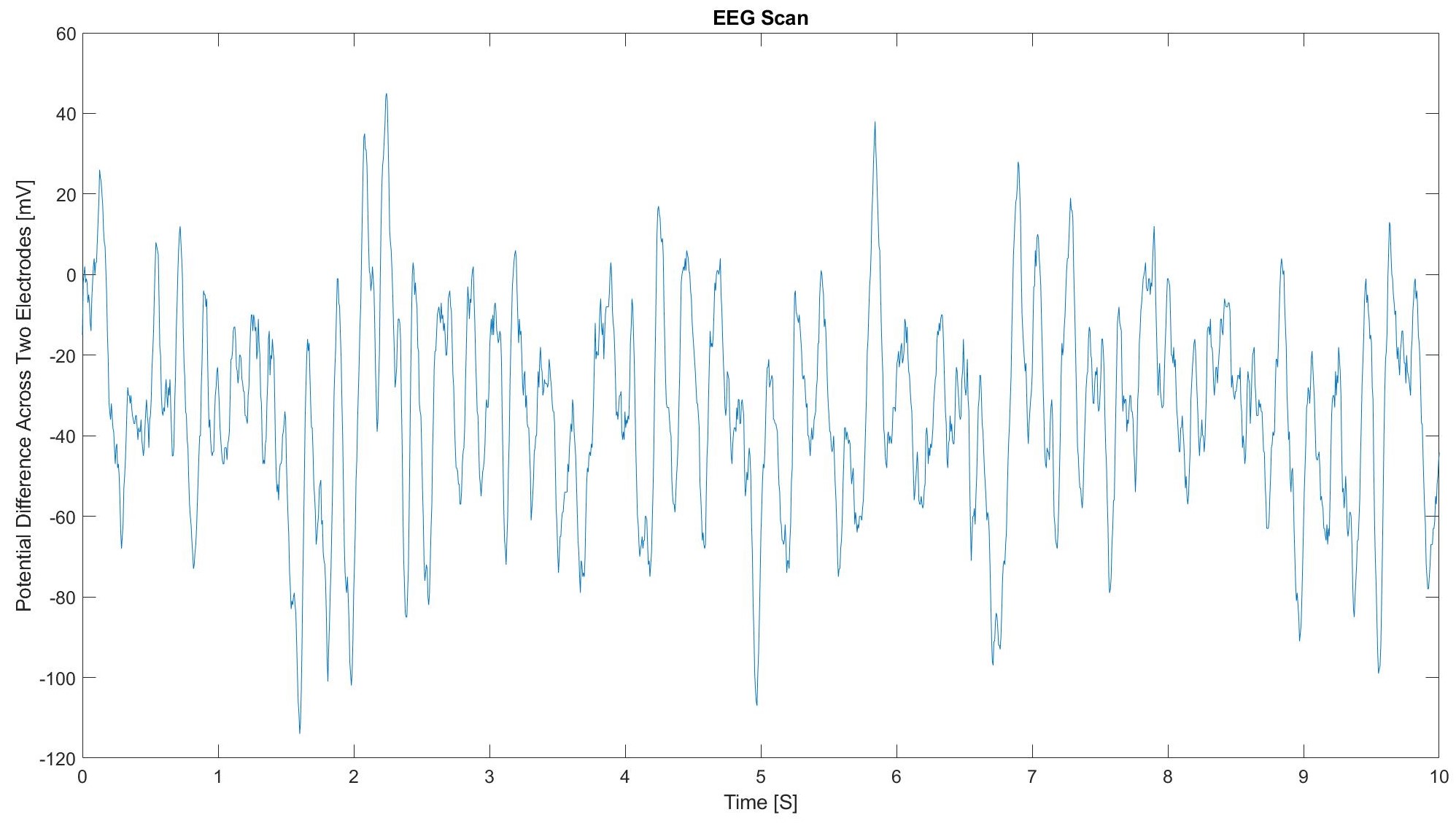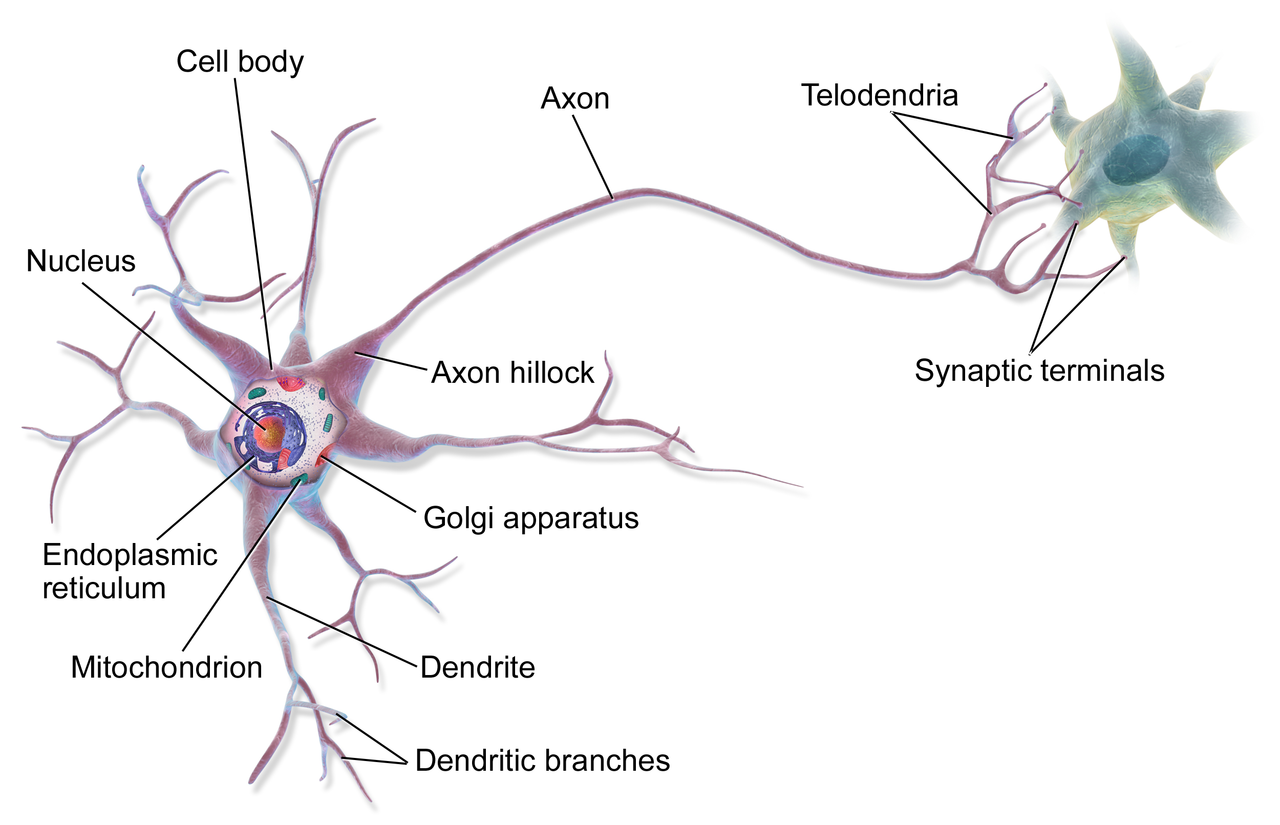SCIENTIFIC BACKGROUND
An EEG signal is a measurement of combined action potential waves between the measuring electrodes. An example of the EEG signal is shown below.

An EEG signal is a measurement of combined action potential waves between the measuring electrodes. An example of the EEG signal is shown below.

An action potential is the change in voltage overtime as a result of an electrical signal passing through a neuron. It does so in the following manner:

The source of this image can be found at the following link: Image Source.
The resulting frequencies present in an EEG reading correspond with the delay between two action potentials. Therefore, higher frequencies can occur because more channels are opening quicker or the action potentials are firing at higher speeds. With many neurons firing, the same frequencies may occur across many neurons. This results in the frequencies present in the output EEG signal.
During a seizure, the voltage gated ion is abnormally open (or surrounding neurons are). This results in more Na+ ions coming in, and therefore, going out. This increases the voltage in the brain, which opens other voltage gated channels for longer. Due to this, we will observe higher voltages in the EEG signal and higher frequencies because the channels are opening more quickly.
Suggestions? Potential Applications? Drop a note!